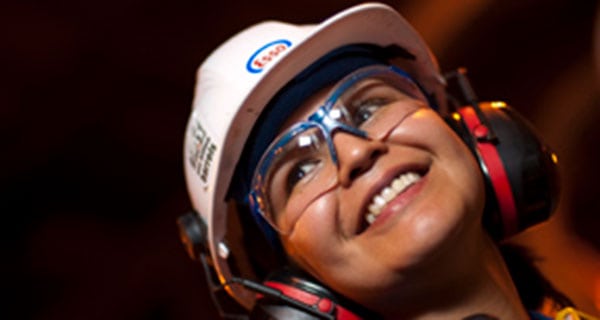 Research tells us that bilingual education is the best possible education, but Canadian census results and parents’ experiences suggest that some Indigenous children educated in an Indigenous language are struggling.
Research tells us that bilingual education is the best possible education, but Canadian census results and parents’ experiences suggest that some Indigenous children educated in an Indigenous language are struggling.
For example, education in Inuktut is a right that some Inuit parents, and governments, are giving up, and I understand. We want children to succeed and some have believed the myth that English language education is the only way to get there.
But before we blame the language of instruction, here are five truths about Indigenous bilingual education.
Indigenous-language education is a right
Indigenous parents and leaders fought for their children to go to school in their own language. Inuit land claims agreements, for example, include the right to protect Inuktut and control Inuit schools.
The United Nations Declaration on the Rights of Indigenous Peoples guarantees these rights.
And Canada’s Truth and Reconciliation Commission found that protecting language rights is part of healing from the devastation of residential schools.
Learning in two languages is the best possible education
Whether it’s Indigenous children learning in their mother tongue, English mother-tongue children in French immersion or Indigenous children learning their ancestral language through immersion, children ultimately learn more, and learn better, when taught in two or more languages.
Research has shown, around the world, that the most important factor in how well children who aren’t part of the majority culture do in school is how long they receive education in the language they use at home.
Contrary to common belief that more and earlier schooling in English will lead to better English skills, children learning in two languages end up with equal or better skills in English when compared to those learning in English only. By middle school, they also have equal or better outcomes in math and stronger problem-solving skills.
The research is so strong that some have concluded that “Bilingual brains are better.” However, because these benefits don’t show up until middle school, and most Indigenous bilingual education programs only run in elementary school, these benefits aren’t always evident.
Although Canada led the way in proving bilingual education works, and bilingual education is the norm in many countries, Canadian educational policies and practices reflect a unilingual bias.
Knowing two languages leads to better futures
Inuit youth who have opportunities to learn their language and culture have higher self-esteem, a stronger sense of identity and are more likely to stay in school, even through post-secondary school.
Knowing their language and culture reinforces Indigenous youths’ sense of belonging to family, community and culture. It’s important for personal well-being and it’s a protective factor against suicide. Bilingual education supports hopeful futures.
Bilingual education is lifelong
Research shows that anything we learn, in any language, becomes a building block for more language learning.
The abstract language that’s used to talk about concepts and ideas in school takes five to seven years to develop. No wonder bilingual schooling seems to be failing students when they only have the opportunity to learn their Indigenous language for the first few years and then are lumped in with English stream learners, without any more attention to their own language, or to the fact that they’re learning in a second language.
Reaping the benefits of bilingual education requires continuous support for both languages.
Bilingual education is about more than language
When schools use the community’s language, parents become more involved and children become more confident and proud of who they are. Some researchers believe that embracing students’ identity is the most important reason why bilingual education has helped so many children succeed.
Respecting and valuing Indigenous languages and cultures are things all teachers and administrators can bring into schools, whether Indigenous or not. Teaching in and about Indigenous languages and cultures helps rebalance the power between Indigenous and non-Indigenous participants in school systems.
Parents are the best people to choose which type of learning is going to work for their child. But before parents and policy-makers reject Indigenous bilingual education on the basis that it won’t lead to the best future, let’s pay attention to the real issues.
Let’s make sure the best possible education is available for all children.
Shelley Tulloch is chair and associate professor in the Department of Anthropology at the University of Winnipeg and a contributor with EvidenceNetwork.ca, which is based at the University of Winnipeg.
The views, opinions and positions expressed by columnists and contributors are the author’s alone. They do not inherently or expressly reflect the views, opinions and/or positions of our publication.


